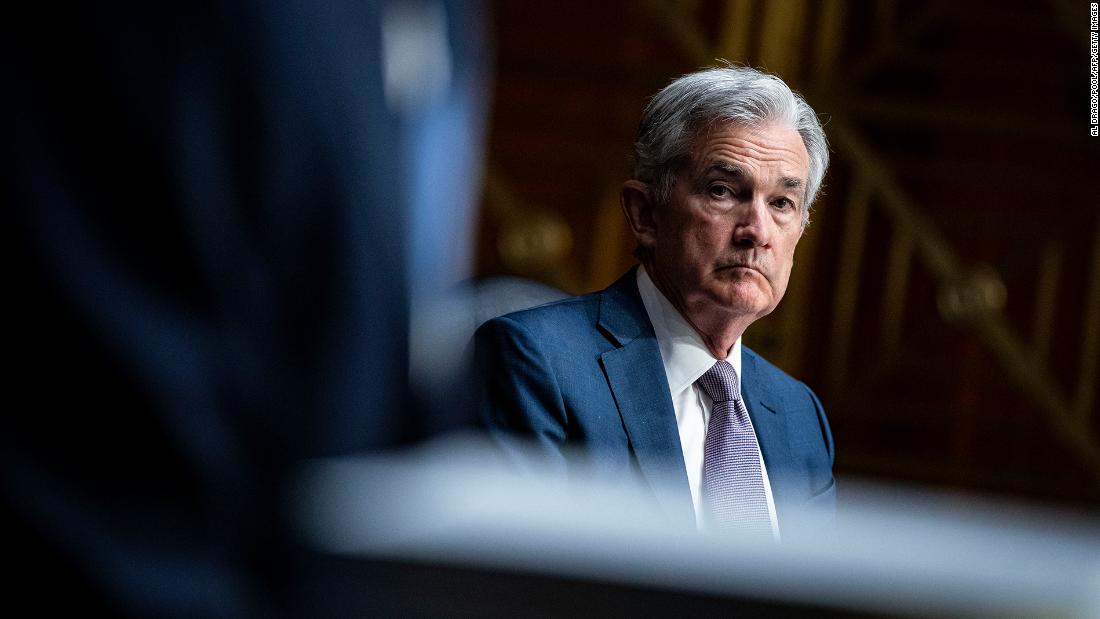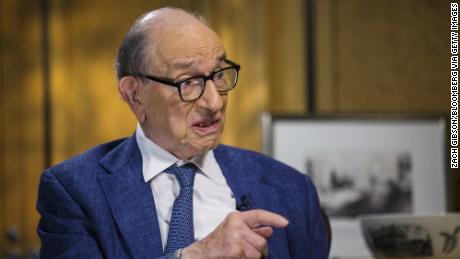The Fed keeps rates near zero and acknowledges fragile recovery
“Economic activity and employment have continued to recover but remain well below their levels at the beginning of the year,” the Fed said in its statement.
“The path of the economy will depend significantly on the course of the virus. The ongoing public health crisis will continue to weigh on economic activity, employment, and inflation in the near term, and poses considerable risks to the economic outlook over the medium term,” the Fed added.
During a press conference, Powell noted that the optimism about Covid-19 vaccines is encouraging, but he noted it will take more time until Americans feel fully confident that they will be able to “reengage” in normal activities that would help boost the economy.
The Fed does appear a little more optimistic about the future, indicating that it anticipates a 4.2% rebound in the nation’s gross domestic product in 2021 — up from a September forecast of 4% annualized growth.
The Fed also is forecasting that the unemployment rate will drop back to 5% by next year — down from an earlier estimate of 5.5%.
That’s still higher than where the unemployment rate was before the pandemic ramped up in the US in the spring. Powell pointed out in the press conference that the path of the overall economy remains “highly uncertain,” though he noted that the housing market has “fully recovered.”
“With vaccines on the horizon, the Fed’s economic projections for the next few years all got an upgrade, but don’t gloss over the immediate challenges still confronting the economy,” said Bankrate chief financial analyst Greg McBride in a report after the Fed announcement.
Recognizing the continued sluggishness of the broader economy, the Fed said in its statement that it plans to continue buying Treasury bonds and mortgage-backed securities as a way to help keep long-term bond rates low.
The Fed does not appear to be worried about all this stimulus leading to inflation.
“Weaker demand and earlier declines in oil prices have been holding down consumer price inflation,” the Fed said — helping to justify why it will not need to raise interest rates anytime soon. The Fed said it expects an inflation rate of just 1.8% next year and 1.9% in 2022.
President-elect Biden will need to decide sometime in 2021 whether or not he wants to keep Powell as head of the Fed or nominate someone else to lead the central bank.
![]()




